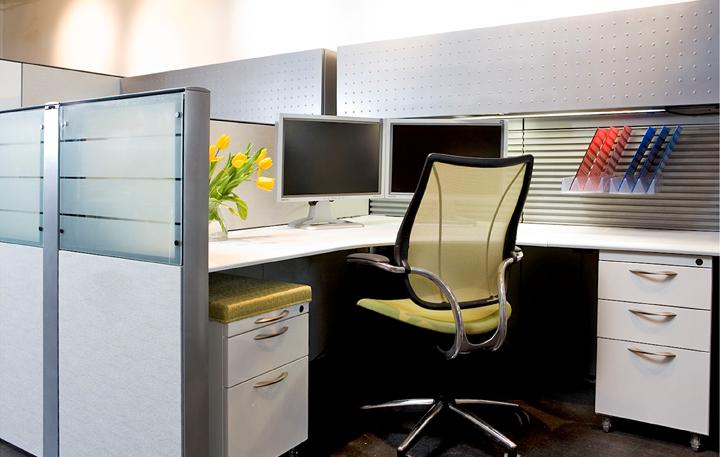Purchasing office furniture may be a necessity, but that doesn’t mean that businesses need to go broke outfitting their office space with unnecessary pieces. When carefully considered and planned, businesses can purchase the right furniture the first time around and choose to invest in other less pertinent pieces as their earnings grow. But before any business can get down to business, it has to start with two things: a desk and a chair.
The Desk and Chair
For every employee (including yourself) that you will be employing in your business, there will need to be a desk and a chair. Sounds simple, but within five minutes of exploring your desk and chair options, you may become overwhelmed by the options available to you. To help you navigate your options, begin with:
The Desk:
- Consider the style you like (and which will best reflect your brand)
- Next, consider what it is you can afford
- Think about the needs of your employees in terms of comfort and storage (i.e. hutches, drawers, shelving, wings, etc.)
The Chair:
- Look for ergonomic chairs. Some top features include being able to adjust the tilt of the chair, its height, the back angle, lumbar support, and whether or not it swivels
- Consider having arms that can be removed
- Weigh the pros and cons of different materials (i.e. cloth is comfortable but not durable, while leather is long-lasting but expensive)
The Workstations
Most employees prefer to work at a “workstation,” which provides them with more space than just a basic desk. Workstations can be as simple as being straight and rectangular, while others now are “L” shaped to offer greater space, or even “jelly bean” shapes like those available through Hurdleys office furniture in NZ. Consider investing in workstations that can be elevated to suit the height and preference of a variety of employees.
The Storage
The type of storage you choose should be both functional and attractive in the workplace. Some key features to keep in mind include:
- How frequently the files will be retrieved (frequently retrieved files can be placed on open shelf files while those which are rarely retrieved may do well in vertical filing cabinets)
- How frequently files will be filed (files that are rarely filed and rarely retrieved can be stored in storage boxes or more inexpensive vertical files)
The Reception Areafiles,
Two key pieces will define your reception area:
- The counter in reception; and
- The seating
The reception area should be welcoming and comfortable, but it should also reflect your business and brand. In many situations, it is a worthwhile investment to have counters custom-built as this is the piece that will make the most lasting impression on your clients and customers. Choose seating which is cosy and strongly consider adding other smaller pieces of furniture, such as small tables for enjoying coffee with a client or for placing books and magazines.



